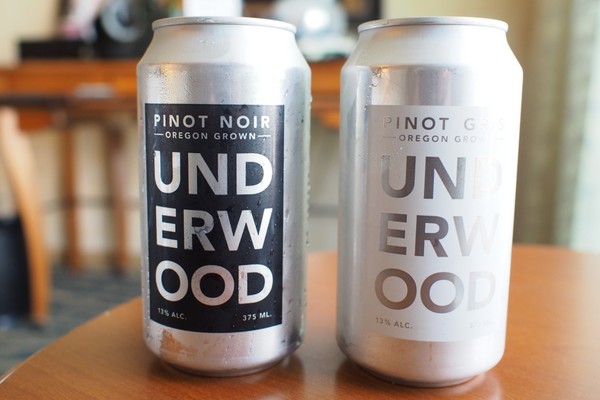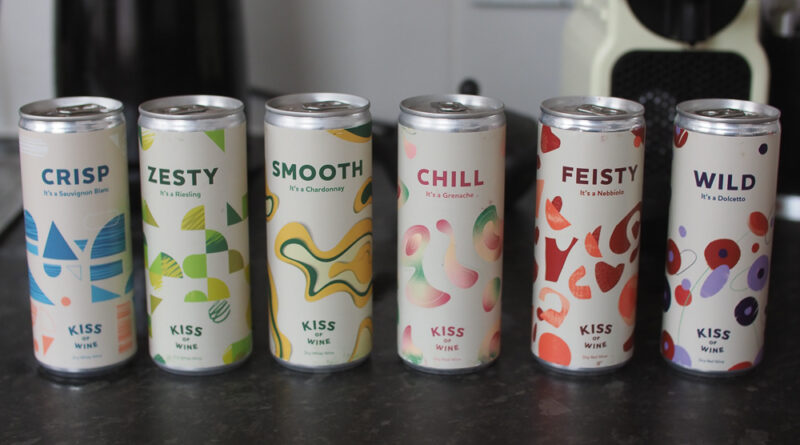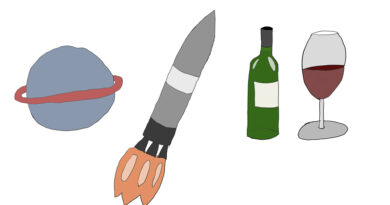Wine in cans: technical issues
Canned wine is taking off, but it turns out not to be so simple from a technical perspective. Jamie Goode reports on recent research on the topic.
I’m a big fan of alternative packaging, and I’ve been interested to see wine in cans become a fixture on supermarket shelves in the UK. But wine packaging is never all that straightforward, because of the chemistry of wine. There have long been issues with cork variation and taint, and the replacements have also brought with them technical issues. In the case of synthetic corks, scalping and high oxygen transmission. In the case of screwcaps, the most widely used liner – the tin/saran – allows very little oxygen transmission and this too can prove problematic. For bag-in-box, packaging oxygen transmission has led to relatively short shelf life.
Now it looks like cans may also be presenting some challenges. Rachel Allison has recently completed her PhD at Cornell University in New York State, looking at the chemistry of canned wine. A summary of her research can be found here, although she tells me that there is more to come.
The main problem is the build-up of hydrogen sulfide (H2S, which smells of cooked eggs) in the wine. H2S is a widespread problem in winemaking because it is made by yeasts during fermentation when they struggle a little, or are short of nitrogen. This is the wine fault commonly known as reduction. Here, H2S is being produced from the interaction of sulfur dioxide (SO2, almost universally added to wine as a preservative) and the aluminium that the can is made of.

Wine shouldn’t be in direct contact with the aluminium wall of the can: a thin lining, whose composition can vary, is sprayed onto the inside of the can to prevent this happening. The problem is that wine has a low pH and corrodes the lining, and where there is a hole, the wine is then in contact with aluminium. The combination of SO2 and aluminium results in H2S production.
How common is this? The simplest answer is too common. It’s a problem that gets worse with time, but it is also dependent on the wine. More research is needed, so that wineries can assess how much risk their wine stands of developing H2S after canning, and how long the shelf life recommendations should be for each canned wine, because it will vary. One of the objectives of Rachel Allison’s work has been to develop a rapid test to see the shelf-life implications for each wine, and help wineries get this important packaging type right. Currently, there’s too much guesswork, and too much risk.
There’s a very interesting set of slides from an Enartis conference here, with presentations from some experts in the field.
[I should add, that of the wines I have tasted from can, most have had no problems. Just one has shown obvious reductive characters. The cans pictured are just for illustration purposes, and they tasted fine.]
There’s also a webinar from the ever-excellent AWRI from this week:




